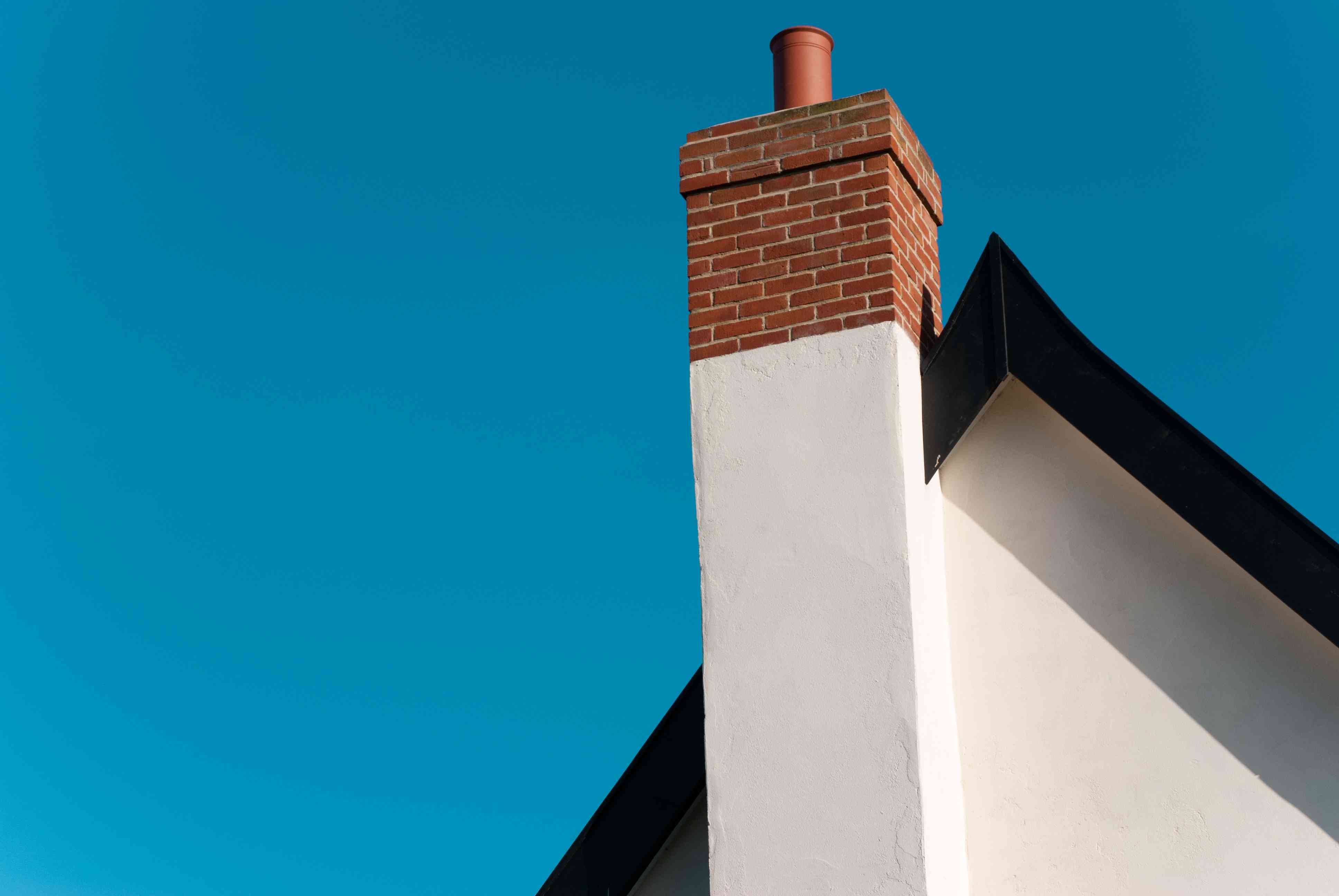

Articles
How Tall Does Chimney Need To Be
Modified: January 6, 2024
Learn about chimney height requirements and regulations. Discover the ideal height for a chimney and get expert advice in our articles.
(Many of the links in this article redirect to a specific reviewed product. Your purchase of these products through affiliate links helps to generate commission for Storables.com, at no extra cost. Learn more)
Introduction
When it comes to the construction of a chimney, one crucial factor that often gets overlooked is its height. The height of a chimney plays a vital role in ensuring proper ventilation, preventing smoke and gases from accumulating in the living space, and maintaining optimal combustion. Building codes and regulations govern the minimum height requirements for chimneys, taking into account factors such as fuel type, building height, and distance from neighboring structures.
In this article, we will delve into the various factors that affect the height of a chimney, explore the building codes and regulations, discuss the recommended minimum heights for different fuel types, and provide information on calculating chimney heights. Additionally, real-life examples will be shared to illustrate the application of chimney height requirements. By understanding the importance of proper chimney height, you can ensure the safety and efficiency of your fireplace or heating system.
Key Takeaways:
- Proper chimney height is crucial for efficient ventilation, preventing smoke accumulation, and ensuring optimal combustion. Understanding factors and regulations is key to a safe and compliant chimney system.
- Consulting professionals and considering fuel type are essential for determining the right chimney height. Compliance with building codes and regulations is vital for safety and legal protection.
Read more: How Tall Does A Pool Fence Need To Be
Factors Affecting Chimney Height
The height of a chimney is influenced by several factors, each of which plays a significant role in determining the right height for optimal performance. Consider the following factors when determining the appropriate height for your chimney:
- Fuel Type: Different fuel types produce varying levels of combustion byproducts, which influence the height requirements. For example, wood-burning fireplaces require taller chimneys compared to gas or oil-burning systems due to the higher volume of smoke and gases produced by burning wood.
- Building Height: The height of the building housing the chimney also affects its height. As a general rule, the chimney should extend at least 2 feet above any part of the roof within a 10-foot radius, regardless of the building’s height.
- Neighboring Structures: The proximity of neighboring structures and the potential for air obstruction can impact chimney height. If neighboring structures are higher, taller chimneys may be required to ensure proper draft and prevent downdrafts or smoke spillage.
- Geographical Factors: Factors such as wind patterns, geographic location, and local weather conditions can influence chimney height requirements. For instance, areas with high winds may require taller chimneys to prevent wind-induced downdrafts that can impede proper smoke evacuation.
- Chimney Diameter: The diameter of the chimney also affects its height. A larger diameter chimney may require less height compared to a smaller diameter chimney, as it provides a larger flue area for efficient gas flow and draft.
- Appliance Efficiency: The efficiency of the heating appliance connected to the chimney can impact the required chimney height. Higher efficiency appliances may emit fewer combustion byproducts, resulting in reduced height requirements.
By considering these factors and consulting with professionals, you can determine the optimal height for your chimney to ensure proper ventilation, safety, and compliance with building regulations.
Building Codes and Regulations
Building codes and regulations play a crucial role in determining the minimum height requirements for chimneys. These regulations are put in place to ensure the safety and proper functioning of chimneys in residential and commercial buildings. It is important to familiarize yourself with these codes to ensure compliance during chimney construction or renovation.
In the United States, chimney construction is primarily regulated by the International Residential Code (IRC) and the International Building Code (IBC). These codes provide guidelines and standards for chimney height based on factors such as building height, fuel type, distance from neighboring structures, and environmental considerations.
The IRC and IBC regulations state that chimneys must extend a minimum of 3 feet above the highest point where they pass through the roof. If the chimney is located within 10 feet of a horizontal roof line, it must extend at least 2 feet above any part of the roof within a 10-foot radius.
It is important to note that local building codes may have additional requirements or variations, so it is advisable to consult the specific codes applicable to your location. Building inspectors and professionals in the field can also provide valuable guidance and ensure compliance with local regulations.
Additionally, some municipalities may have specific regulations regarding chimney height, especially in historic districts or areas with stricter architectural guidelines. It is important to research and consult with local authorities before undertaking chimney construction or modifications to ensure adherence to all relevant regulations.
By following the building codes and regulations, you not only ensure safety and compliance but also protect yourself from potential legal consequences that may arise from non-compliance. Furthermore, understanding these codes allows you to make informed decisions regarding chimney design and construction, leading to an efficient and functional chimney system.
Recommended Minimum Height for Different Fuel Types
The recommended minimum height for chimneys varies depending on the type of fuel used. Different fuels produce varying levels of combustion byproducts and require specific chimney heights for proper ventilation and smoke evacuation. Here are the recommended minimum heights for chimneys based on fuel type:
- Wood: Wood-burning fireplaces and stoves produce a significant amount of smoke and gases during combustion. As a result, the recommended minimum chimney height for wood-burning systems is typically between 15 and 20 feet. This height allows for optimal draft, ensuring the efficient removal of smoke and prevents downdrafts.
- Gas: Gas-burning appliances, such as gas fireplaces or furnaces, produce fewer combustion byproducts compared to wood. Therefore, the recommended minimum chimney height for gas systems is generally lower, ranging from 10 to 12 feet. This height is sufficient for proper ventilation and draft, allowing the byproducts to be safely expelled from the space.
- Oil: Oil-burning appliances, such as oil furnaces or boilers, also require adequate chimney height for effective ventilation. The recommended minimum height for oil systems typically ranges between 12 and 15 feet. This height allows for proper draft and prevents any potential smoke spillage or downdrafts.
- Pellet: Pellet stoves, which burn compressed wood pellets, have specific requirements for chimney height. The recommended minimum chimney height for pellet stoves is usually between 12 and 15 feet. This height facilitates proper draft and ensures efficient removal of combustion byproducts.
It is crucial to note that these are general recommendations and may vary based on specific circumstances, including local building codes and regulations. To ensure the proper height for your chimney, consulting with professionals and local authorities is essential. They can provide accurate guidance based on your specific fuel type, appliance, and environmental factors.
By adhering to the recommended minimum heights for different fuel types, you can ensure effective smoke evacuation, optimal ventilation, and efficient combustion, resulting in a safe and functional chimney system.
The height of a chimney should be at least 3 feet above the highest point where it passes through the roof, and at least 2 feet higher than any portion of the building within 10 feet. This helps to ensure proper draft and prevent smoke from entering the building.
Chimney Height Calculation Methods
Calculating the appropriate height for a chimney involves considering various factors, including fuel type, building height, and local regulations. While consulting professionals is recommended, here are some common methods used to calculate chimney height:
- Manufacturer Recommendations: One of the simplest ways to determine chimney height is by referring to the manufacturer’s recommendations for the specific appliance being installed. Manufacturers often provide guidelines for chimney height based on their product’s requirements and performance.
- Chimney Height Chart: There are charts available that provide minimum chimney heights based on factors such as building height and fuel type. These charts take into account the general requirements and provide a good starting point for determining the appropriate chimney height.
- Chimney Sizing Calculators: Online chimney sizing calculators are available that take into account various factors and provide an estimate of the required chimney height based on the input data. These calculators may consider factors such as fuel type, BTU output, flue diameter, and building height to determine the ideal chimney height.
- Consulting Professionals: When in doubt, it is always advisable to consult with professionals, such as chimney sweeps or engineers, who specialize in chimney design and construction. They can perform thorough calculations and consider the specific details of the installation to determine the most accurate chimney height.
It is important to remember that these calculation methods provide estimates and guidelines. Local building codes and regulations may have additional requirements that must be taken into account during the chimney design and construction process.
By using these calculation methods and seeking professional guidance, you can determine the optimal chimney height for your specific situation. This ensures compliance with regulations, safety, and optimal performance of your chimney system.
Read more: How To Know If Your Chimney Needs Cleaning
Real-life Examples of Chimney Heights
To provide a better understanding of how chimney heights vary in real-life scenarios, let’s explore a few examples:
- Example 1: Wood-burning Fireplace in a Single-Story Home: In a single-story home with a wood-burning fireplace, the chimney height requirements may range from 15 to 20 feet. This height allows for ample draft and ensures efficient removal of smoke and combustion byproducts.
- Example 2: Gas Fireplace in a Two-Story Home: For a gas fireplace in a two-story home, the recommended chimney height may be around 10 to 12 feet. Gas-burning appliances produce fewer combustion byproducts compared to wood, resulting in a lower minimum height requirement.
- Example 3: Oil Furnace in a Commercial Building: In a commercial building with an oil-burning furnace, the recommended chimney height may be between 12 and 15 feet. This height allows for effective ventilation and prevents smoke spillage or downdrafts.
- Example 4: Pellet Stove in a Multi-Story Apartment Building: In a multi-story apartment building with a pellet stove, the chimney height requirements might range from 12 to 15 feet. Pellet stoves require sufficient height for proper draft and efficient removal of combustion byproducts.
It’s important to note that these examples are general illustrations and actual chimney height requirements may vary based on specific circumstances, including local building codes and regulations. Additionally, factors such as building design, nearby structures, and geographic location can influence chimney height requirements. Consulting with professionals familiar with local regulations and chimney design is crucial to determine the most accurate chimney height for a given situation.
By examining real-life examples, we can see the different chimney heights required for various fuel types and building types. These examples highlight the importance of considering specific factors and complying with regulations to ensure the safety, efficiency, and compliance of chimney installations.
Importance of Proper Chimney Height
The height of a chimney is not merely a matter of aesthetics – it plays a crucial role in the proper functioning and safety of your fireplace or heating system. Here are some key reasons why having the right chimney height is important:
- Efficient Ventilation: A properly sized and tall chimney ensures efficient ventilation by allowing for adequate draft. The height creates a pressure difference that promotes the upward flow of smoke and combustion byproducts, preventing them from entering the living space and ensuring optimal ventilation.
- Prevention of Smoke and Gases: The correct chimney height helps prevent smoke and harmful gases, such as carbon monoxide, from accumulating in the house. It allows for the safe and efficient evacuation of these byproducts, maintaining a healthy indoor environment.
- Prevention of Downdrafts: Insufficient chimney height can lead to downdrafts, where the wind blows down the chimney, causing smoke and gases to enter the living space. Proper chimney height helps minimize the risk of downdrafts, ensuring that smoke is directed away from the house.
- Optimal Combustion: The right chimney height promotes optimal combustion by providing a steady flow of fresh air to the fire and enabling the proper release of combustion byproducts. This results in a more efficient and cleaner-burning fire or heating appliance.
- Compliance with Building Codes: Meeting the required chimney height specified by building codes and regulations is essential to ensure compliance and avoid potential legal issues. Failure to comply with height regulations may jeopardize the safety of the occupants and can result in penalties or difficulties when selling or insuring the property.
- Protection from Wind Effects: Adequate chimney height helps protect against wind effects and gusts that can lead to erratic draft conditions or downdrafts. Taller chimneys are less likely to be influenced by wind patterns and provide more reliable and consistent draft performance.
Proper chimney height is not a matter to be taken lightly. It contributes to the safety, efficient operation, and compliance of your chimney system. To determine the correct chimney height for your specific circumstances, consulting professionals familiar with local regulations and chimney design is highly recommended.
By ensuring the proper height of your chimney, you can enjoy a well-ventilated, clean, and safe living space, while maximizing the performance and lifespan of your fireplace or heating system.
Conclusion
The height of a chimney is a critical aspect of its construction that should not be overlooked. A properly sized and tall chimney ensures efficient ventilation, prevents the accumulation of smoke and harmful gases, and promotes optimal combustion. It is important to take into account various factors such as fuel type, building height, and local regulations when determining the appropriate chimney height.
Building codes and regulations provide guidelines for minimum chimney heights, taking into consideration safety and performance requirements. It is essential to familiarize yourself with these regulations and consult professionals to ensure compliance and avoid potential legal issues.
The recommended minimum height for different fuel types varies, with wood-burning systems typically requiring taller chimneys compared to gas or oil systems. Calculating the chimney height can be done using manufacturer recommendations, chimney height charts, chimney sizing calculators, and consulting professionals who specialize in chimney design and construction.
Real-life examples illustrate the varying chimney heights required for different scenarios, emphasizing the importance of considering factors such as building type, fuel type, and local regulations. These examples highlight the significance of complying with regulations and seeking professional guidance for accurate chimney height determination.
In conclusion, proper chimney height is vital for efficient ventilation, prevention of smoke and gas accumulation, optimal combustion, compliance with regulations, and protection against wind effects. By ensuring the appropriate chimney height, you can enjoy a safe, efficient, and compliant chimney system that enhances the functionality and comfort of your home or building.
Frequently Asked Questions about How Tall Does Chimney Need To Be
Was this page helpful?
At Storables.com, we guarantee accurate and reliable information. Our content, validated by Expert Board Contributors, is crafted following stringent Editorial Policies. We're committed to providing you with well-researched, expert-backed insights for all your informational needs.
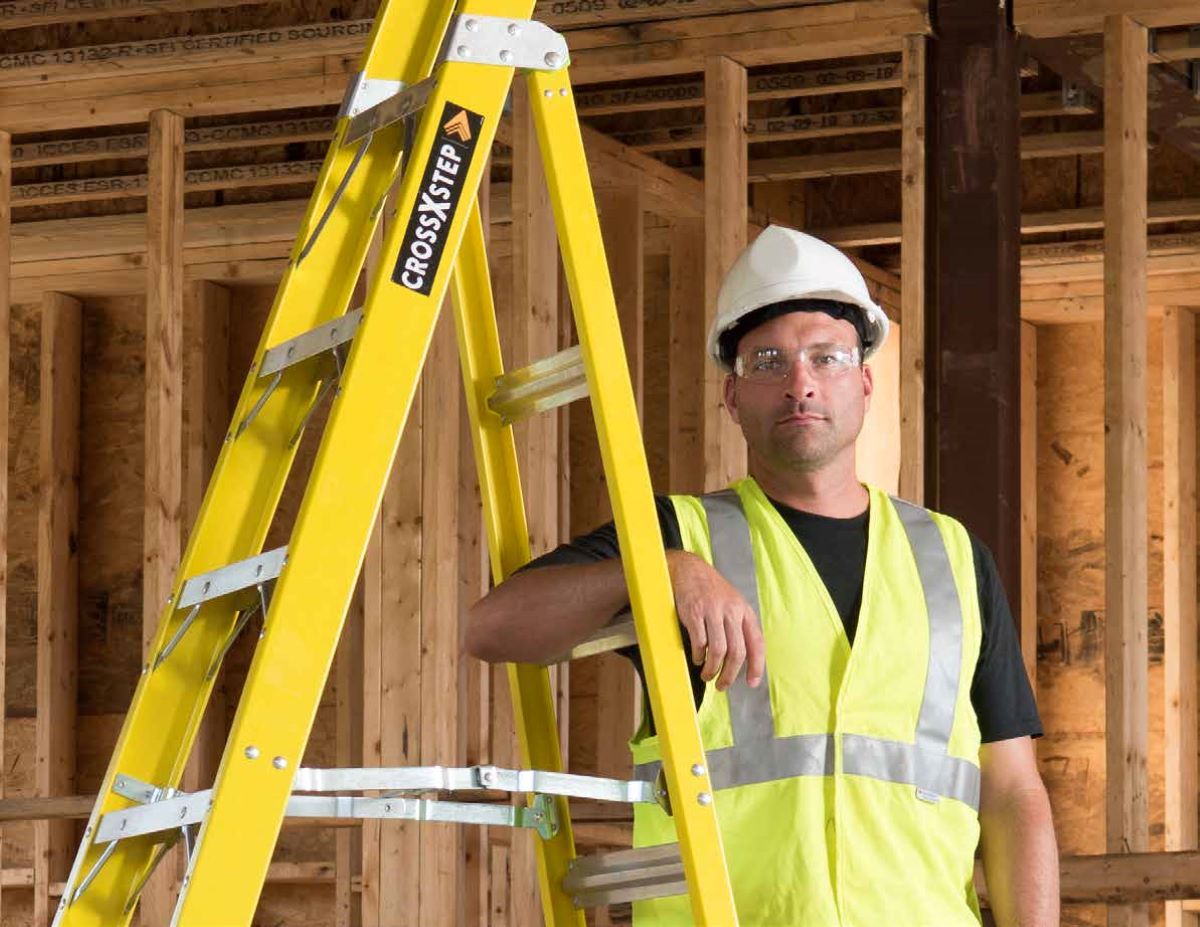
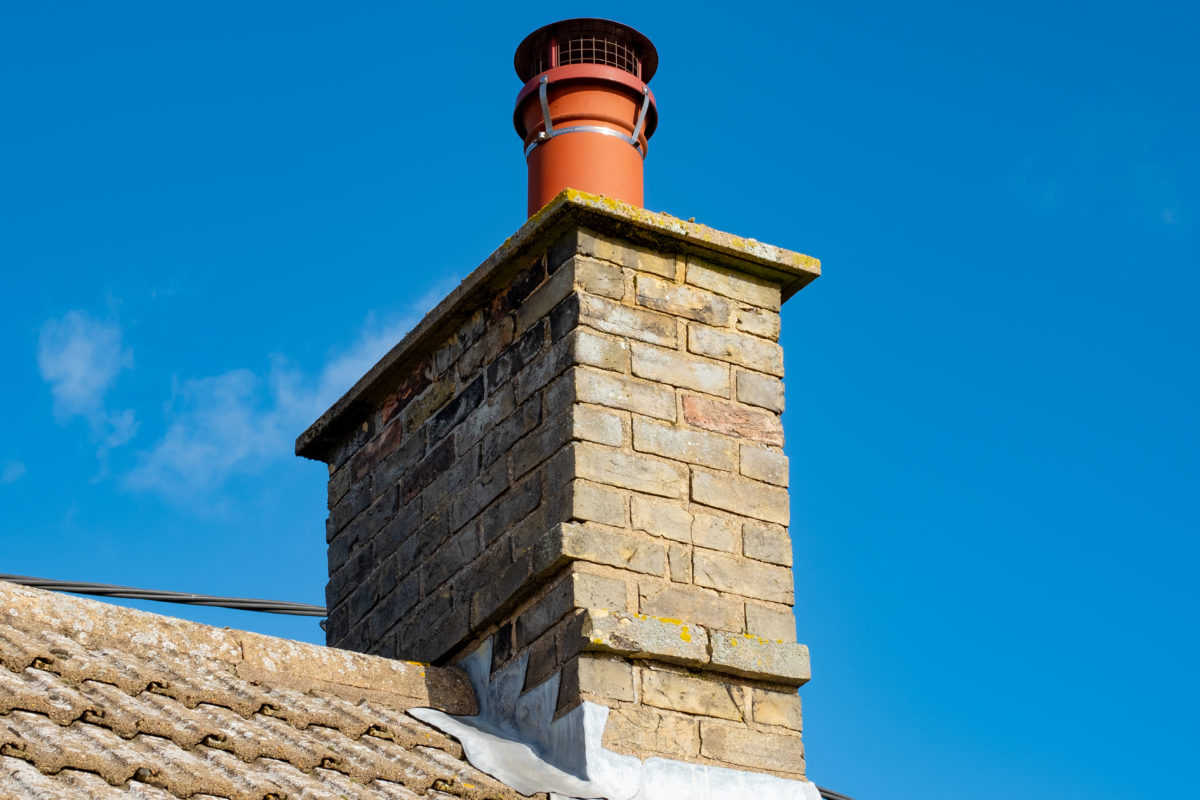
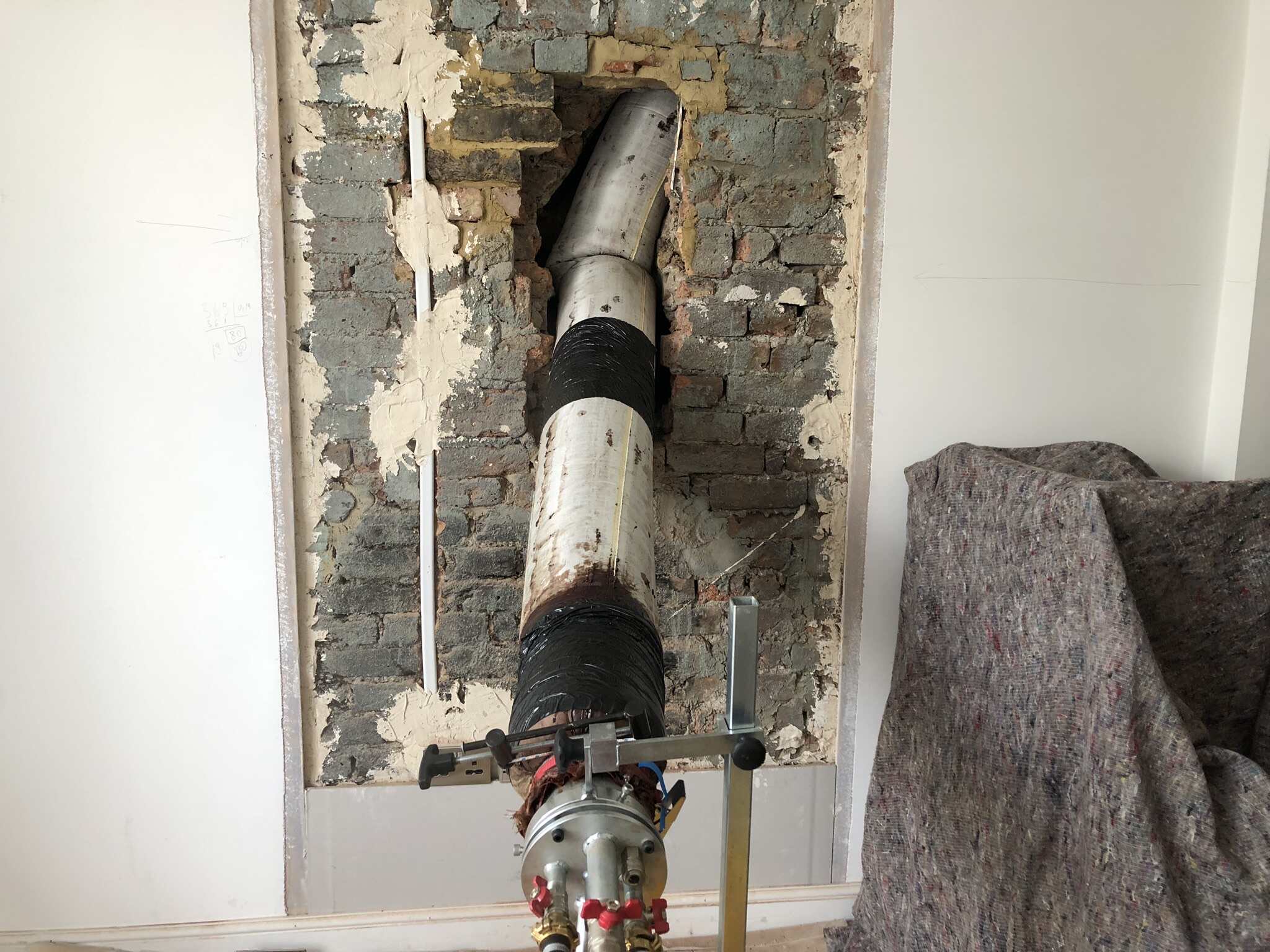
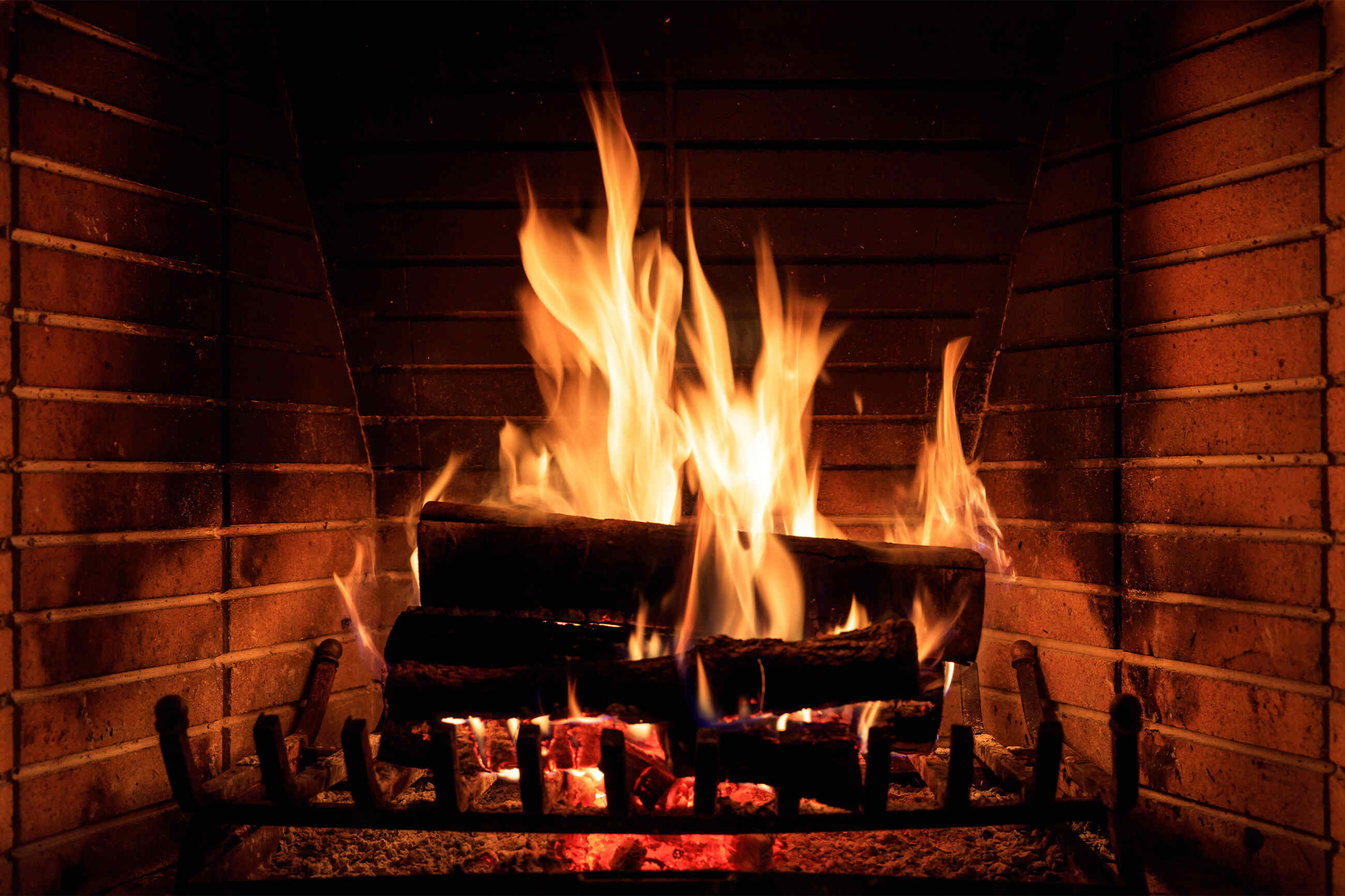
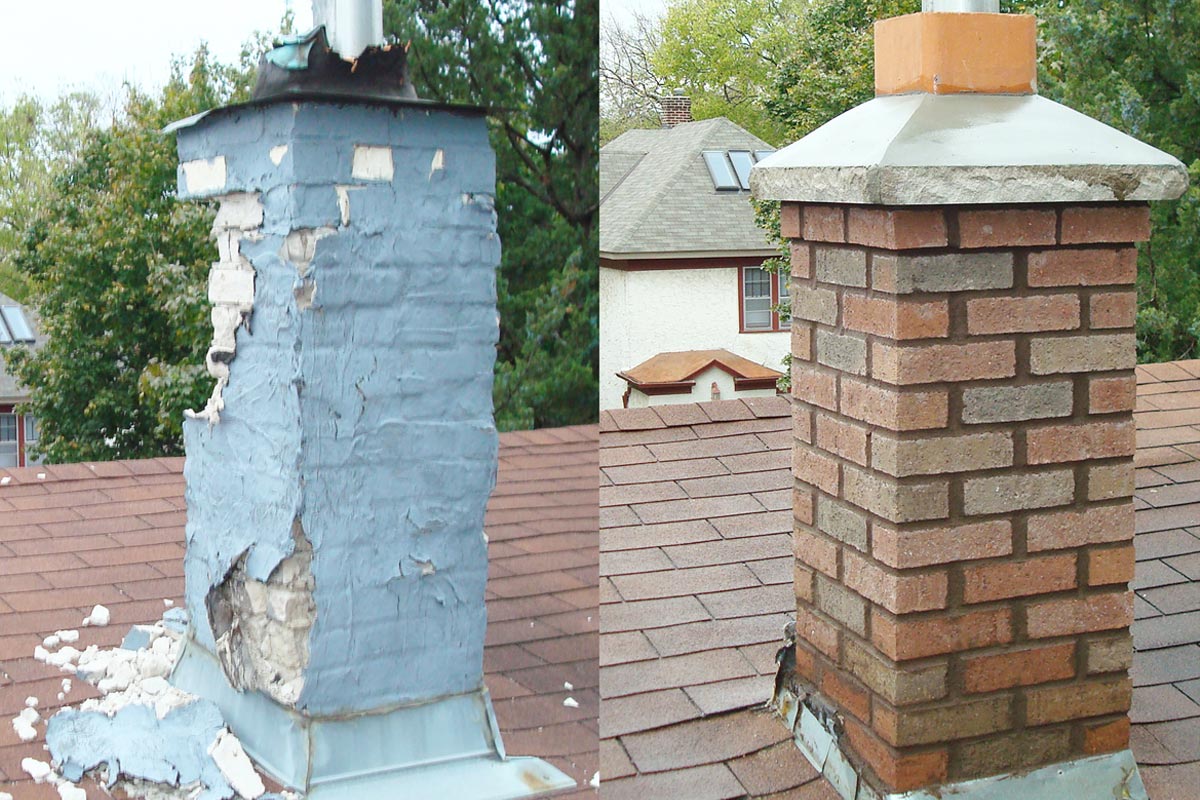

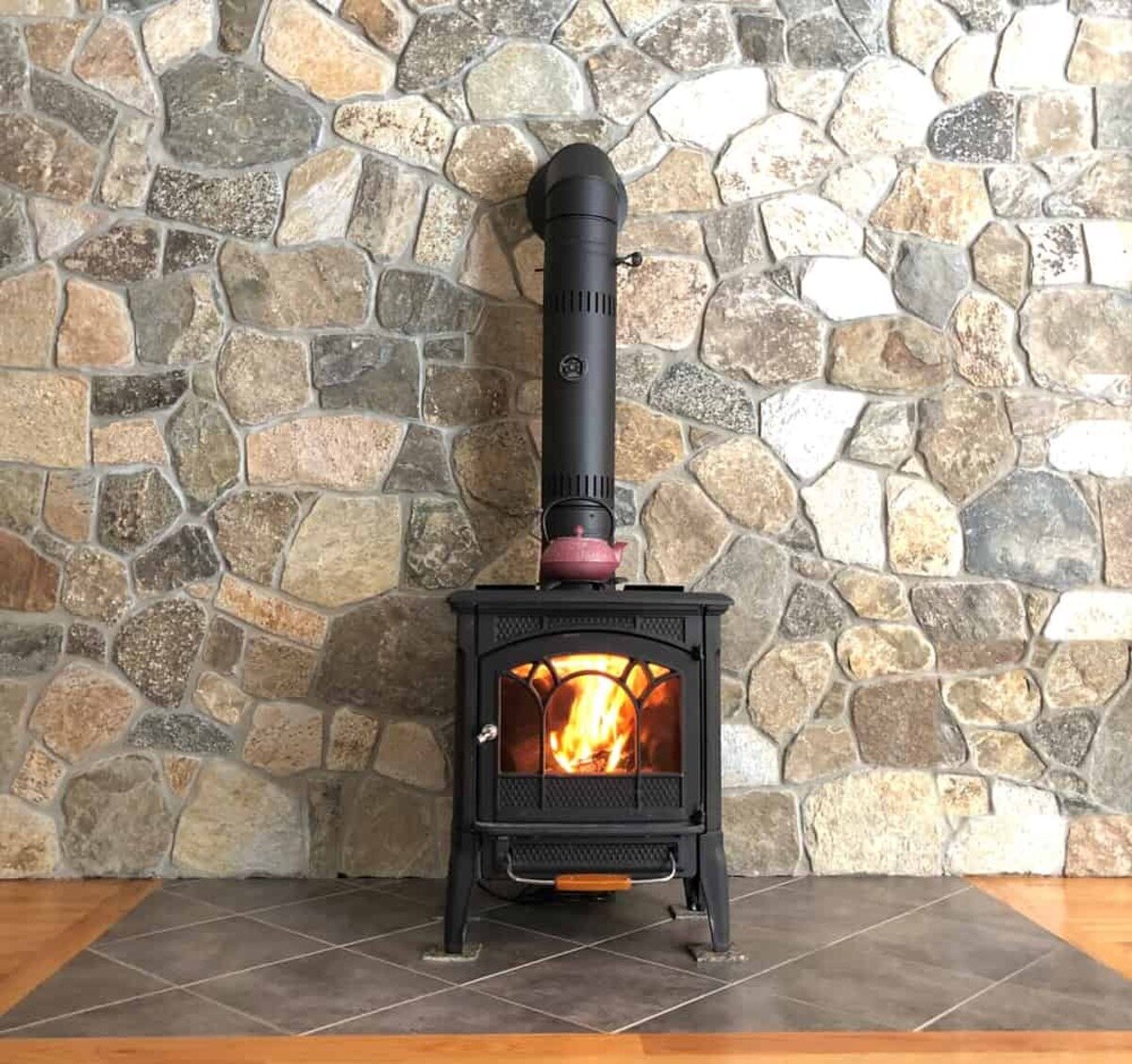
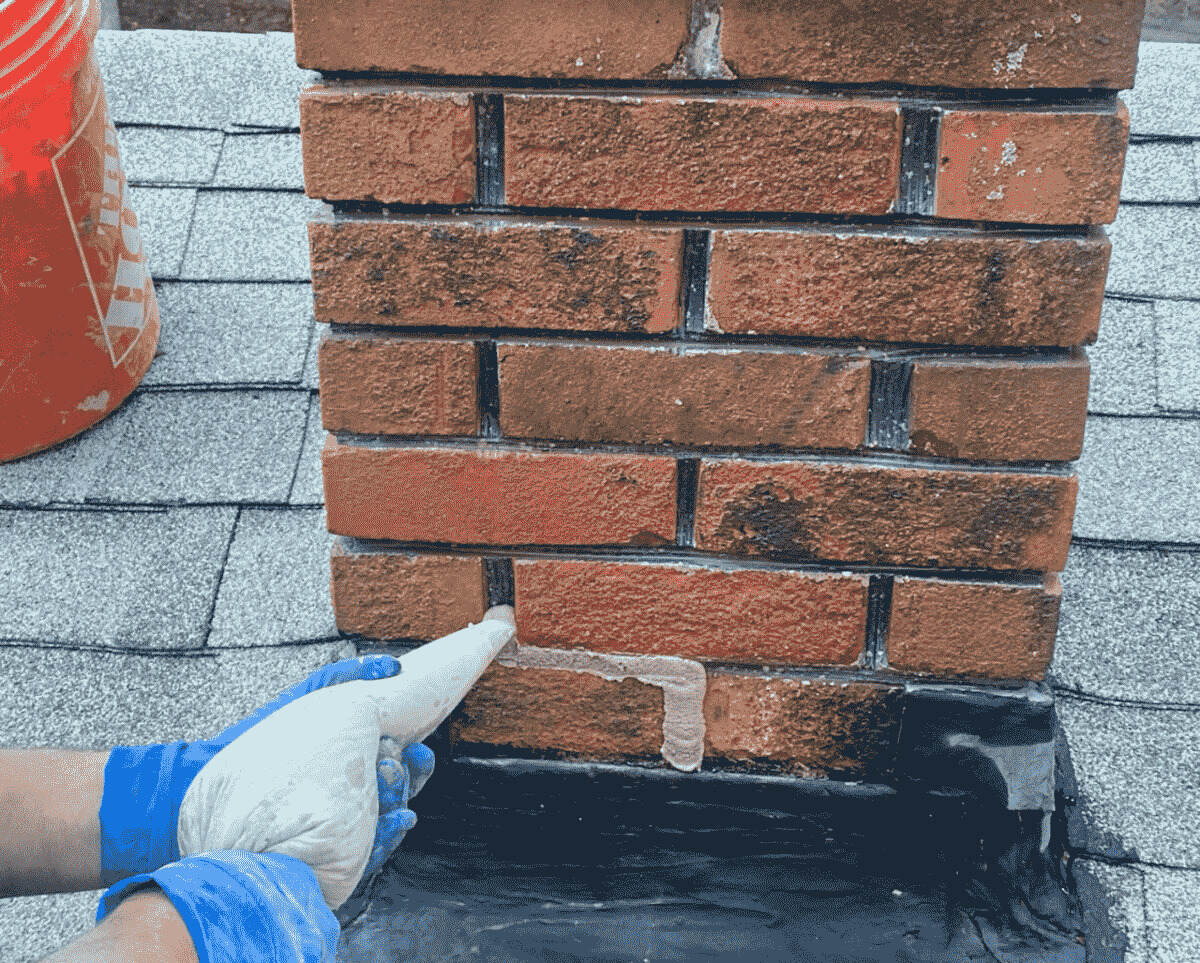
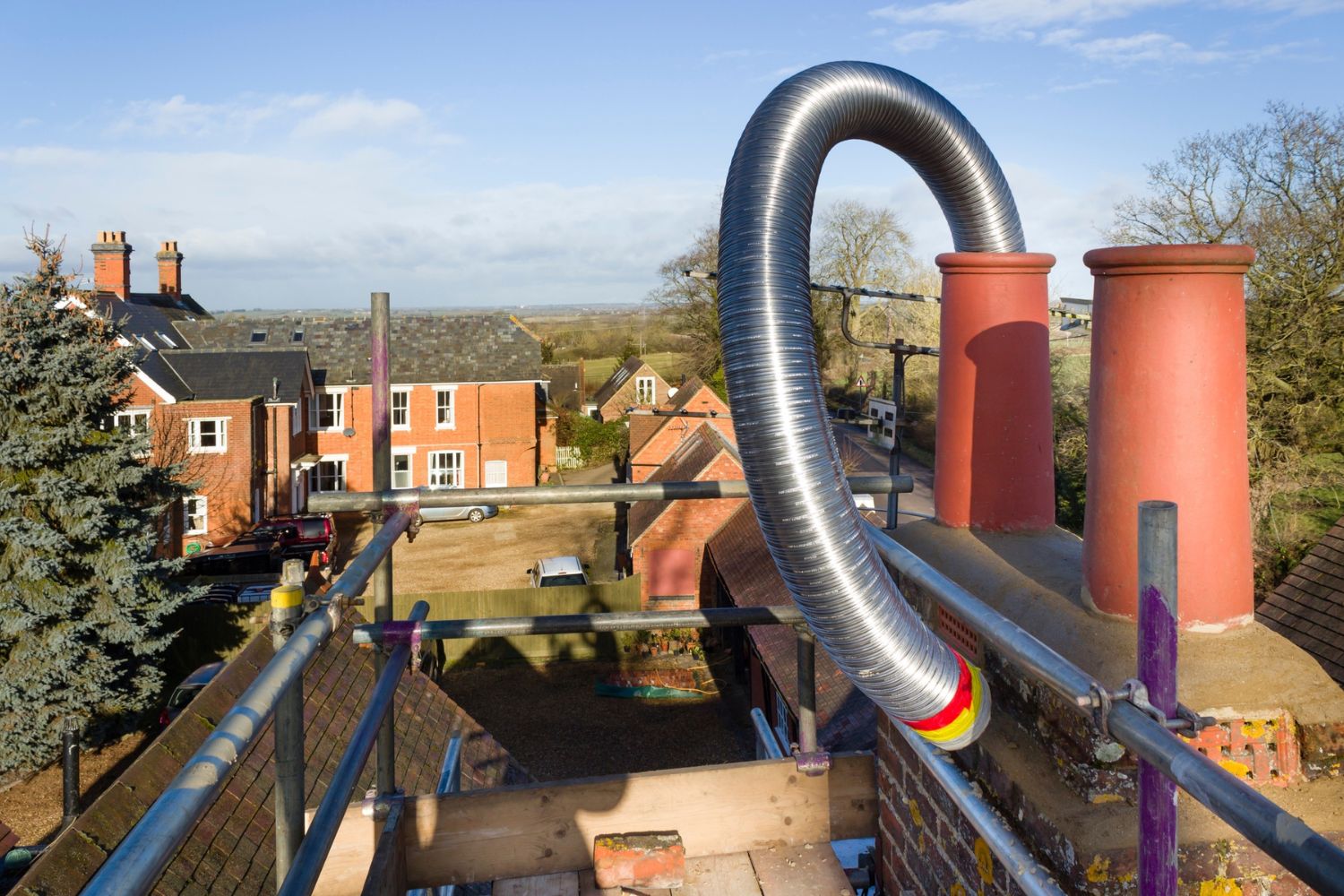
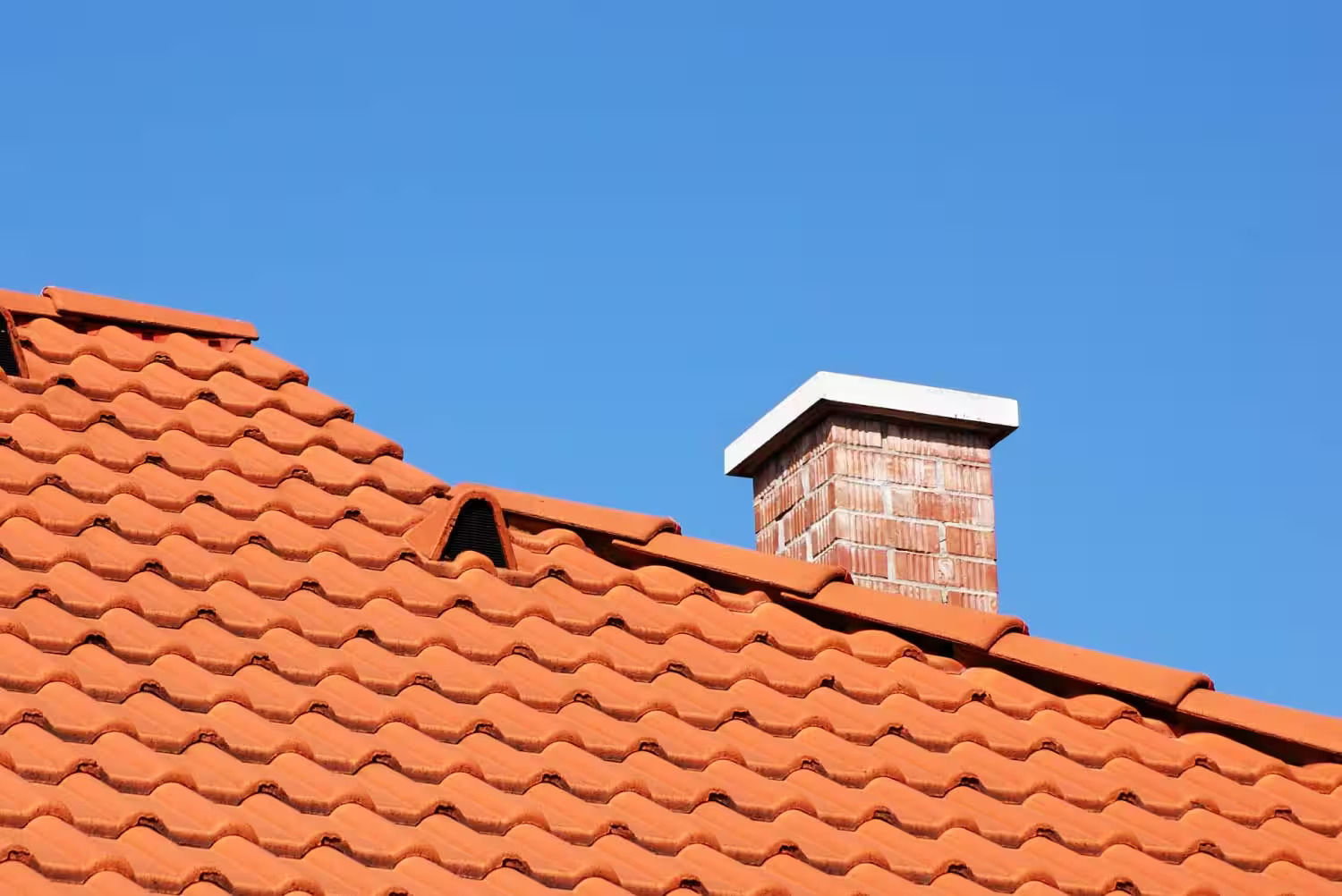
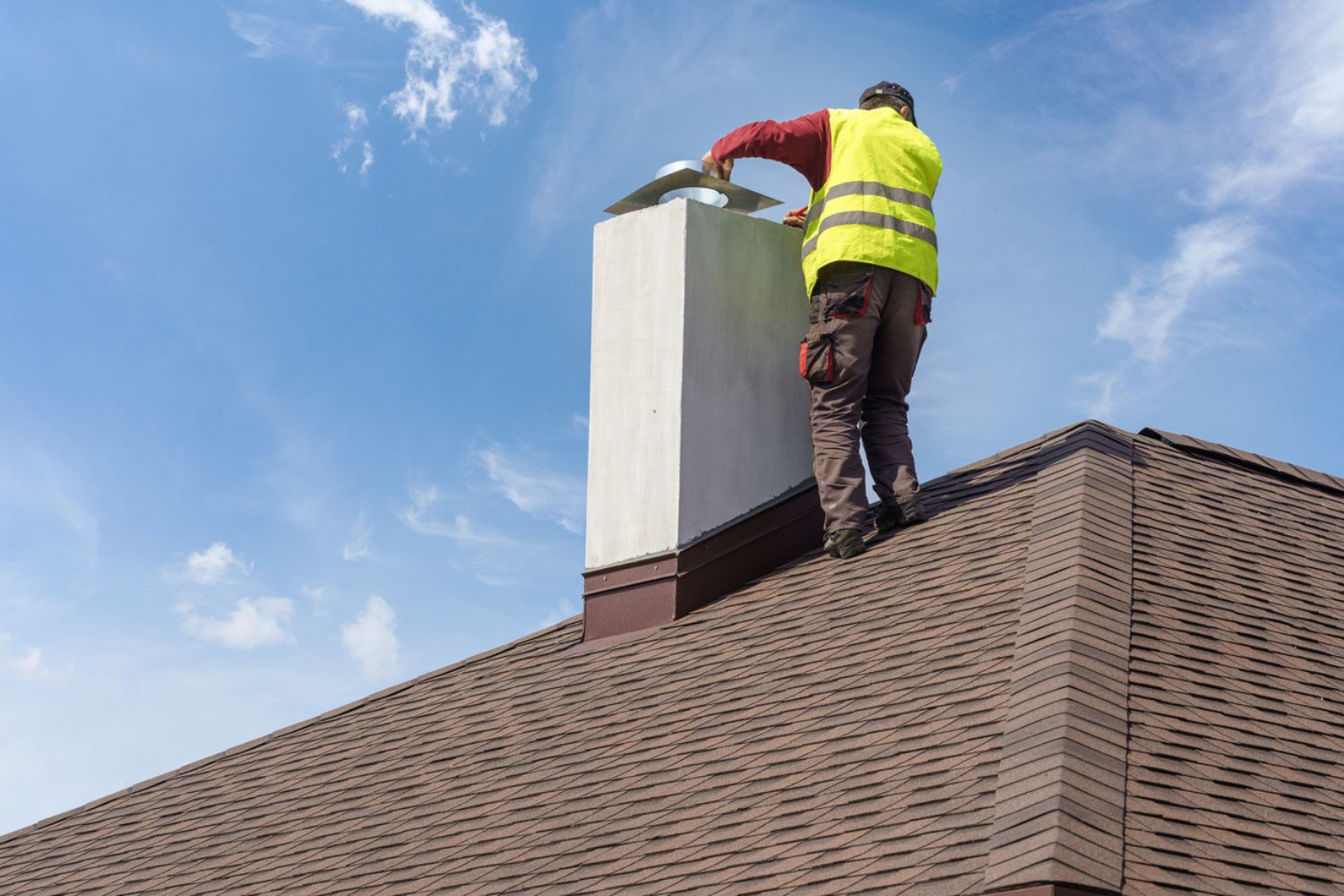
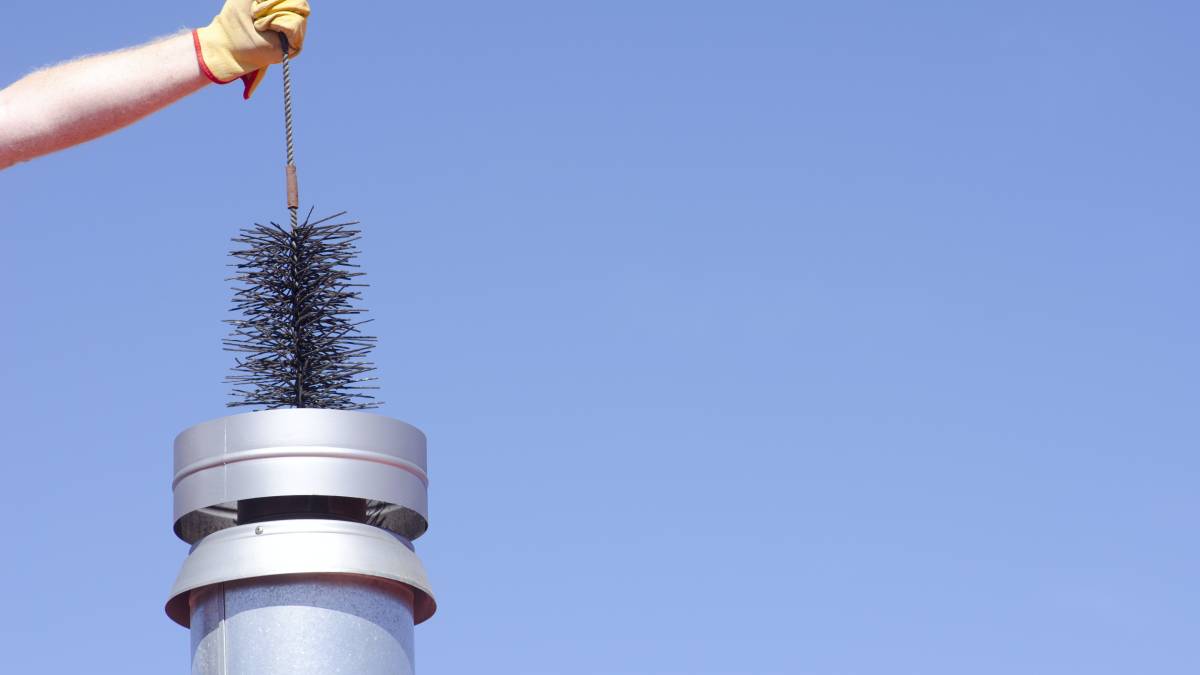
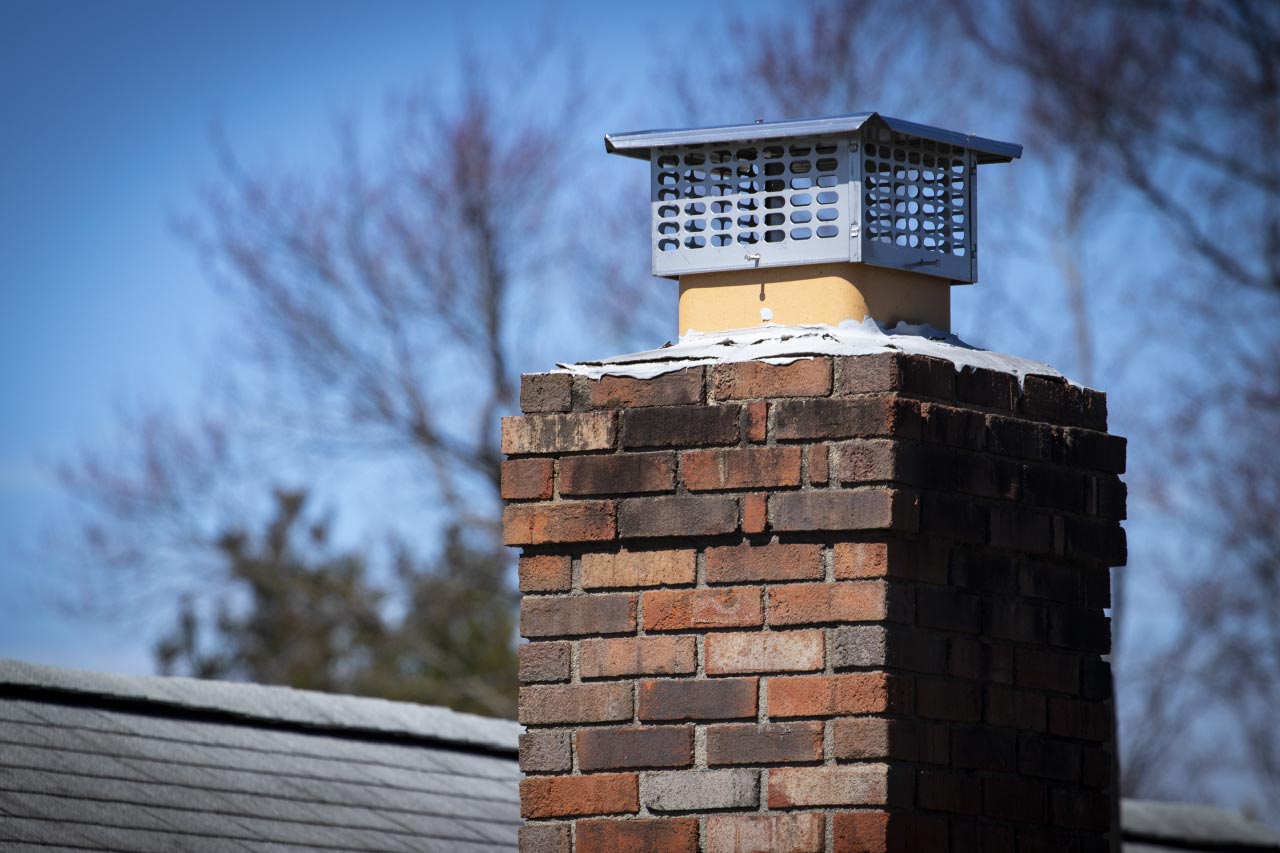
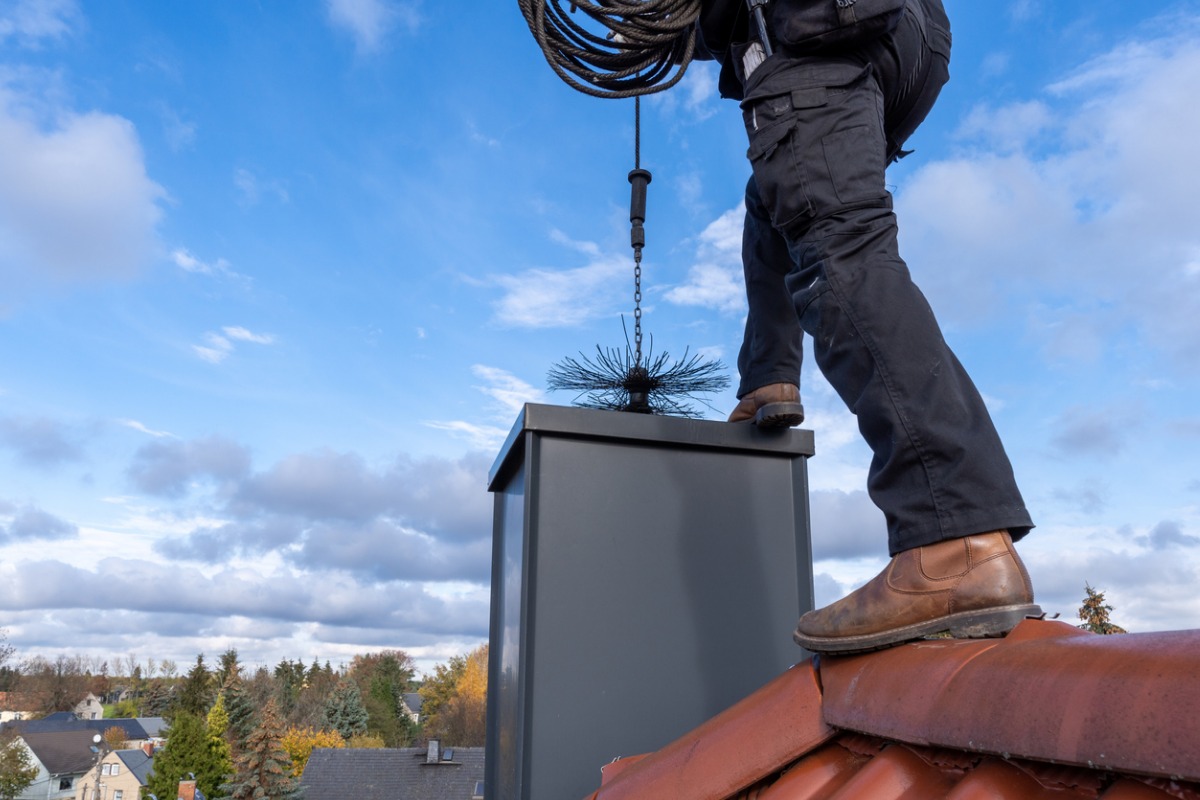

0 thoughts on “How Tall Does Chimney Need To Be”